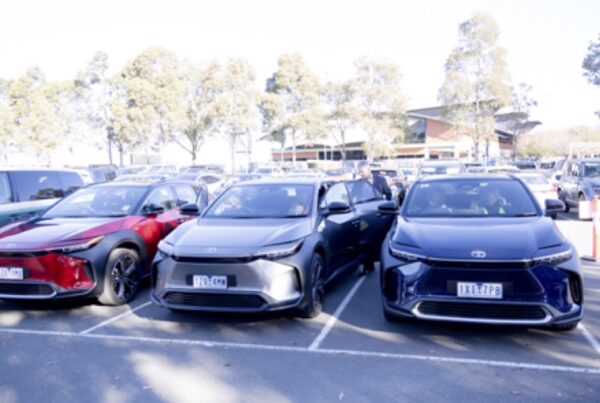Self-flying drones are part of several new technologies predicted to play a greater role in improving the way that traffic accidents and congestion are monitored, new research has found.
With the nation plagued with more road users and traffic bottlenecks than ever before, Austroads this week released its traffic incident management (TIM) report that outlined several key improvements that could help form the solution.
The report noted four key advancements that are set to provide significant improvements for all road users if implemented. But will governments, stakeholders and drivers get behind the plans if it means Big Brother is watching us even more closely?
Drones
Large scale trials using self-flying and user controlled drones are currently under way in the Czech Republic to collect real-time traffic data. The findings from Austroads noted that “drones for traffic data collection can be fitted with navigation systems with pre-set flight time, high-resolution cameras and high-capacity data collection links.”
For Australia, the biggest setback in using these drones comes with strict airspace restrictions in place from the Civil Aviation Safety Authority (CASA) and Airservices Australia. Without the approved airspace, it renders the technology almost useless despite promising overseas tests.
Smartphones
It would be no surprise to highlight the fact that smartphones can carry a multitude of data about a user’s location, movement and travel patterns. However there are dividing opinions on just how accessible that data and information should be to third parties.
A study by the MIT Alliance for Research and Technology base in Singapore developed a purpose-built travel survey app in 2012 called Future Mobility Survey that recorded user movements, call details, and use of mobile data that formed a framework to understanding their travel habits. The users were also expected to complete regular surveys that would complement these findings. While the tests found information that could assist with improving traffic flow, many participants noted that the extensive information they were required to provide was more time consuming than the actual benefits they would be receiving.
In Australia, this information is typically held in the company of major phone carriers, of which the report noted are “unwilling to provide data and information to third parties because of perceived privacy issues”.
Participatory Sensing
As one might expect major technology-oriented companies Apple and Google are leading the way forward with a concept known as ‘participatory sensing’. In reality this involves a unique form of data collection and interpretation where individuals provide information to service providers either voluntarily or involuntarily.
Apps such as Waze (bought by Google) encourage users to provide information on their journey, which is then on-shared to other drivers to improve their experience as part of a shared economy system. The app is capable to share real-time information on traffic accidents or roadworks, suggests time-saving routes, as well as information on the whereabouts of police and law enforcement vehicles in far more detail than what is offered on Google Maps or with traditional GPS units.
Dedicated Short Range Communications (DSRC)
DSRC systems are deceptively simple, but the report noted that they have an important role in improving overall vehicle safety and in mitigating potential collisions. When set up at regular intervals, DSRC systems can broadcast simple ‘beacon’ messages about vehicle positions and velocity at a rate of up to 10 times per second.
The benefits of DSRC could see these roadside signals not only being sent to traffic control centres, but directly to vehicles via radio and mobile networks. Vehicles models within the United States are expected to be installed with DSRC radio technology as standard from 2018, but for Australia the issues of local spectrum licensing restrict that form of technology being realised at this stage.
Overall, the report concluded that a “harmonised incident management framework” is required to assist with local and international traffic incident management both now and into the future.
“The adoption of emerging transport technologies, particularly those related to the use of smartphone, Bluetooth and drone technology, for incident detection and verification, will help minimise traffic disruption and improve the traffic incident management process,” it said.
“While the potential implications and benefits of the new technologies within the TIM framework have been briefly discussed in this report, the quantification of the technological impact on safety and efficiency for the different TIM techniques needs to be further investigated.”



















